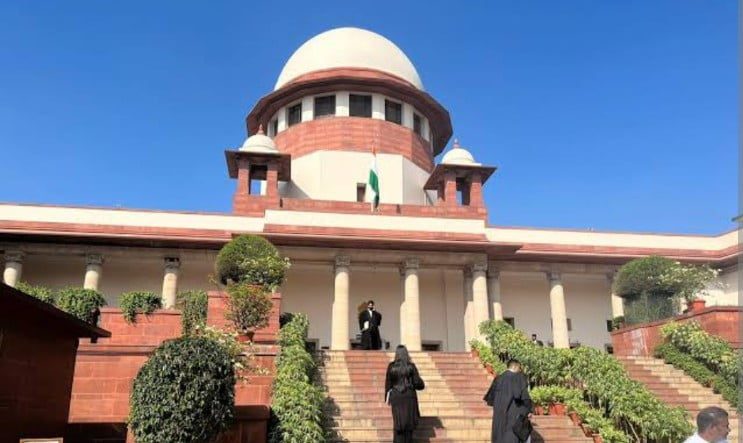Landmark Ruling on Mineral Royalties
In a groundbreaking decision, the Supreme Court of India overturned its 1989 verdict, declaring that royalties payable on minerals are not a tax. This landmark ruling has far-reaching implications for the mining industry and the allocation of power between the central and state governments. With an 8:1 majority, the nine-judge bench led by Chief Justice of India D.Y. Chandrachud asserted that Parliament lacks the authority to tax mineral rights under the Constitution, while Justice B.V. Nagarathna dissented.
Contentious Issue of Mineral Royalties Resolved
The Supreme Court’s verdict resolves a long-standing dispute over whether royalties on minerals fall under the purview of the Mines and Minerals (Development and Regulation) Act, 1957, and whether the power to levy such charges rests solely with the Centre or can also be exercised by state governments. The court’s decision clarifies that states have the authority to impose levies on mineral-bearing land within their territories, thus redefining the balance of power in mineral resource management.
Correcting a Historical Misinterpretation
The Supreme Court acknowledged that the 1989 ruling, which held that royalty on minerals is a tax, was incorrect. The court emphasized that Parliament’s power to tax mineral rights is not granted under Entry 50 of List II of the Constitution. This rectification of a historical misinterpretation is expected to have a profound impact on the mining sector and the financial autonomy of state governments.
Key Learnings
| Key Point | Description |
|---|---|
| Royalty is not a tax. | Supreme Court overturns 1989 verdict, clarifying the legal nature of mineral royalties. |
| Parliament cannot tax mineral rights. | Court affirms that the Constitution does not grant Parliament the authority to tax mineral rights. |
| States have authority over mineral-bearing land. | Ruling empowers state governments to impose levies on mineral resources within their territories. |
| Decision impacts mining industry and government powers. | Verdict redefines the balance of power in mineral resource management and has far-reaching economic implications. |
| Clarification rectifies historical misinterpretation. | Acknowledgment of the incorrectness of the 1989 ruling provides clarity and corrects a long-standing misconception. |
Export to Sheets
Summary
The Supreme Court’s landmark ruling on mineral royalties has overturned a 1989 verdict, declaring that royalties are not a tax. This decision empowers state governments to impose levies on mineral-bearing land within their territories, while clarifying that Parliament lacks the authority to tax mineral rights. The verdict rectifies a historical misinterpretation and has significant implications for the mining industry and the allocation of power between the central and state governments.

Sunil Garnayak is an expert in Indian news with extensive knowledge of the nation’s political, social, and economic landscape and international relations. With years of experience in journalism, Sunil delivers in-depth analysis and accurate reporting that keeps readers informed about the latest developments in India. His commitment to factual accuracy and nuanced storytelling ensures that his articles provide valuable insights into the country’s most pressing issues.



